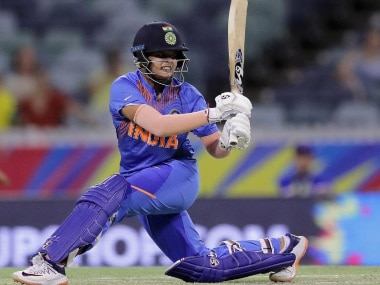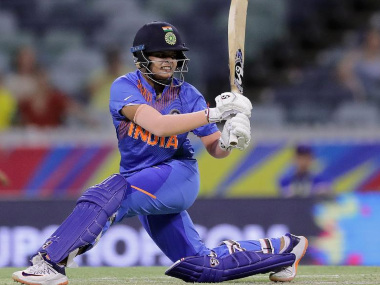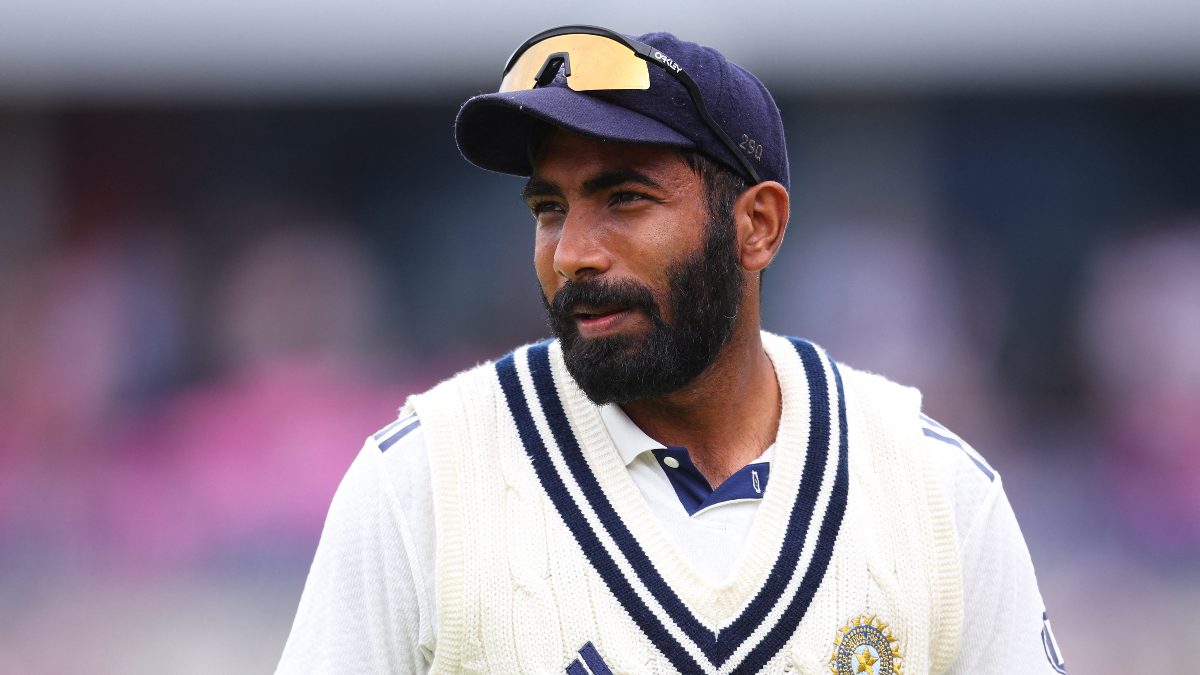India had lost their last two T20Is against Bangladesh, back in the 2018 Asia Cup Twenty20. They were without the services of Smriti Mandhana here, to viral fever. And yet, they were firm favourites ahead of the Bangladesh match, especially given their riches in the spin department and an explosive top order. Bangladesh fought spiritedly, denting India’s batting onslaught at regular intervals, trying their best to stay on track during the chase, but
India were simply too strong . One might have expected Rumana Ahmed to play key role here. With 65 runs (dismissed only once, strike rate 116) and figures of 8-0-43-5, she had, after all, been pivotal in Bangladesh’s twin wins against India – batting second on both occasions – at Kuala Lumpur in 2018. Here, she bowled craftily but only for a couple of overs and got a chance to bat only after six wickets fell. [caption id=“attachment_8084421” align=“alignleft” width=“380”]
 Shafali Verma’s explosive hitting has been a major positive so far for India. Image credit: Twitter/@T20WorldCup[/caption] Not that India minded. Having already taken down Australia, they needed a comfortable win here to inch closer to the final. Unperturbed by Mandhana’s absence and Taniya Bhatia’s early departure, Shafali Verma batted with uninhibited abandon at the top, blasting her way to a 17-ball 39; not for the first time did Jemimah Rodrigues curb her natural instincts and extend her stay at the crease till as much as she could; and Veda Krishnamurthy had a blast at the end, ensuring India put up, till now, the highest total of the tournament. The bowlers did the rest. This looks impressive on paper – or does it? Let us ignore Bhatia’s promotion as a one-off (though she might be needed again if Mandhana does not get fit). Verma, the ideal candidate to go after the bowling from the very onset, has been an excellent fit. That leaves us with Rodrigues and Harmanpreet Kaur, India’s Nos 3 and 4, the last two batters just ahead of the inconsistent, far from threatening middle order (from No 5 and below). Rodrigues had left everyone in awe when she arrived at the international circuit as an explosive top-order batter in 2018. However, the gradual change of role has probably forced her to curb her natural instinct. The need to bat till late in the innings has often prevented her from exploding early in her innings. That excellent strike rate keeps coming down. Of course, she can still accelerate when needed, as was evident during India’s record chase against Australia earlier this month, when she kept India in the hunt after Verma perished. But it has generally been a sedate, bat-till-late role otherwise, which has meant that India invariably take time to regroup if they lose an early wicket. Unfortunately, delaying the aggression has curbed the natural instincts for Kaur as well, for India still do not have the Nos 5, 6, and 7 who can allow Rodrigues and Kaur to bat with abandon. Here is how the pair has slowed down since 2018:
Despite getting off to a solid start with back-to-back victories in the ICC Women’s T20 World Cup 2020, India’s middle-order problems continue to pose a threat to their hopes of winning their maiden title.
Advertisement
End of Article


)

)
)
)
)
)
)
)
)



